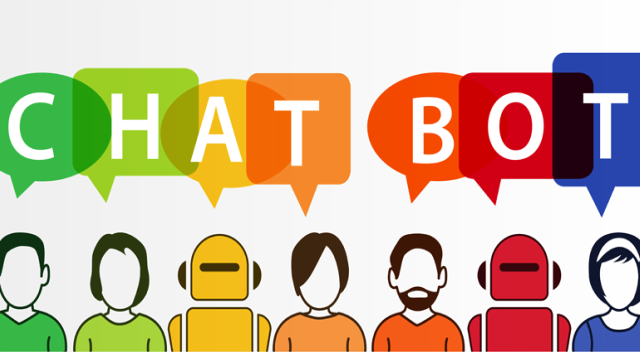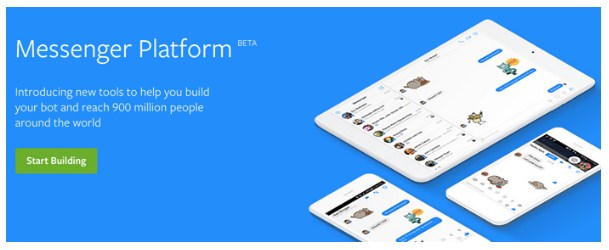
10 Tools to Build your Own Chatbots 1/2
While making a robot sounds complicated for most people, creating a chatbot is way, way easier. The term chatbot stands for an Artifical Intelligence (AI) that automatically chats with internet users, and answers the questions they ask.
A chatbot can function in many different ways. Depending on its type, a chatbot can talk to you or provide customer service, tell you what the current weather, and even contest parking tickets (successfully). For businesses, chatbots could respond to a customer’s question and help you do your job.
The question now is where do you get or how do you create a chatbot? Well, these are the chatbot creator apps out there you can try. Most of them do not require programming knowledge to use.
1.) Chatfuel
If you have a business page on Facebook, you might want to considerChatfuel, a chatbot creator for Facebook Messenger and Telegram. Chatfuel will guide you step by step in making your own chatbot, without any coding needed. You can edit a response as well as add content with simple hyperlinks.

If you have a hotel page, for example, the chatbot will list the roomsavailable on any customer-requested date. With Chatfuel, you can also create navigation steps that guide customers through the room reservation process in a user-friendly way.
2.) Botsify
Botsify is a chatbot creator that is also designed for Facebook users as well. To use Botsify, you only need to visit botsify.com, integrate your Facebook account, setup a webhook, write commands for the chatbot, and let it carry out the customer Note that integration is limited to the paid plans. However, for the free plan, you can create an unlimited number of chatbots.

Botsify allows you to list your services, and display them as navigation. You can add to make conversations and transactions easier to follow, therefore provide your customers with a better quality service.
3.) Smooch
Smooch is a connector or bridge between your business apps (Slack, Help Scout, Front, Zendesk, and others) and messaging apps (Line, Facebook Messenger, Kik, WeChat, and others). Smooch allows one of your business apps to get all the incoming chat notifications from the messaging apps. This way, you and your team can answer every chat question from from your customers without moving away from the business app you use.

The result? The bot? Will respond to customer chat so you can easily automate common workflows, such as collecting form data, scheduling, performing checkout processes, and giving feedback.
4.) Facebook Messenger Platform
Facebook has its own platform that lets you create a bot via their official page. It is a bit more advanced than the other chatbot creators on this list, and you have to set up some functions yourself. You need to setup a few tools before you can create your bot: the Messenger plugin, Messenger codes and links, customer matching, structured templates, as well as a Welcome screen.

The good news is there is a complete guide for designing the chatbot for your needs. You can also refer to case studies about Facebook Messenger bots that already exist, such as the ones by CNN (news) and Poncho (weather).
5.) Beep Boop
Set up the source code of your bot on Github, then launch it on Be Bo Bo and integrate it with either Messenger or Slack. Slackbots created with Beep Boop can be connected to Slack using the Real Time Messaging API allowing your Slackbot to respond to chats.

The same rule applies to Messenger bots that use the Messenger Send / Receive API. The bot here can be used on Facebook business pages where it can interact with customers via real-time chat, answer their questions, and guide them through transactions.
6.) API.ai
API.ai is a powerful tool to create a conversational Messenger bot. You can embed advanced context, dialog management support and fulfillment into your Facebook Messenger Bot. A.i. three is designed to make things easier for both developers or non-developers. -step process to build a smart Facebook Messenger Bot.

First you will need to create an agent, then provide a few textual examples of how people may talk to your bot. After this, API.ai performs the most important task in the bot creation process, it “trains” the bot for you. After the training is done, you just need to connect your bot and launch it.
